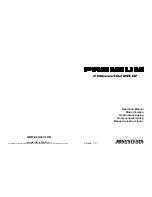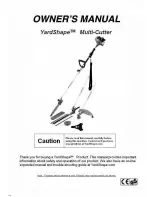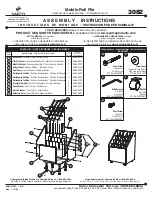
Quick Instruction, Version 1.0
Page 26 of 43 pages
Weatherdock AG Sigmundstraße 180 90431 Nürnberg
Tel.:+49 911 376638-30 www.weatherdock.de
antenna is placed as far away as possible from radar, Inmarsat and
Iridium transmitters and ensure the GPS antenna is free from direct
view of the radar and the Inmarsat beam.
It is also important that the MF/HF and other VHF transmitter
antennas are kept as far away as possible from the GNSS antenna. It
is good practice never to install a GNSS antenna within a radius of 2
meters from these antennas.
The easyRX is approved with the GPS antenna from Weatherdock, article
number: A029. The diameter of the antenna is 60mm, rest of the
dimensions below
3.6.4
Connection to a plotter
If you want to connect the easyRX to a chart plotter please use the 6-
pole cable, marked with NMEA. You need two cables. The white one has
to be connected to the NMEA data input of the chart plotter, the green
one to the NMEA ground of the input. For the cable connection
schematics please look at above table (Pos.1 and Pos.2)
If the plotter interface is configured to 38400 baud and the plotter is
ready for AIS data, received data will be shown immediately.
3.6.5
USB connection with PC/Notebook:
The easyRX is connected to the PC by means of a USB plug. The USB
cable is enclosed in the box.
3.6.6
External Devices (additional)
Referring to cable order under 3.7.1
(Pos.11 and Pos.12) it is possible to
connect external devices with the brown and white cable, e.g. an exter-
nal SART Alarm signal source.
The easyCPA-Alarm is such an external signal source. If the easyRX for-
wards a SART signal the CPA Alarm gives a loudly noise.
4.
FOR USE OF THE EASYRX
















































